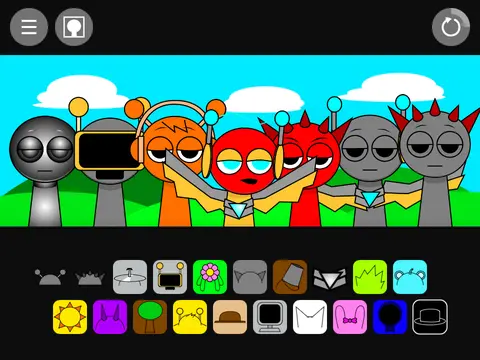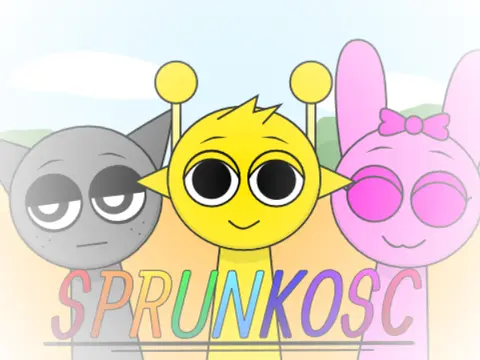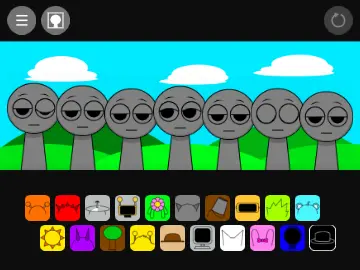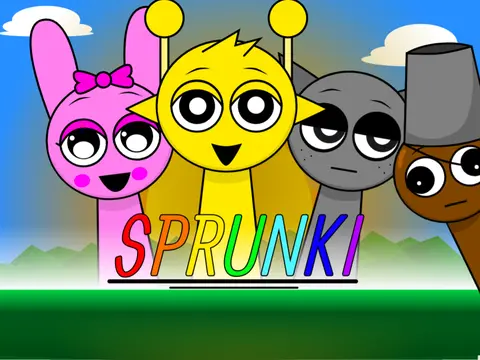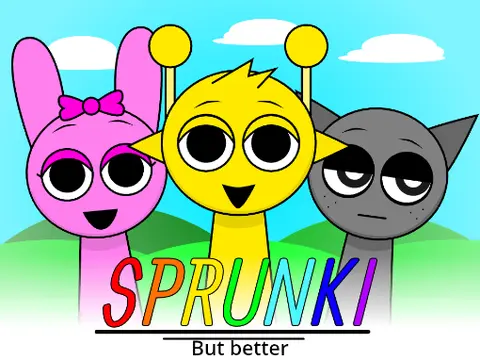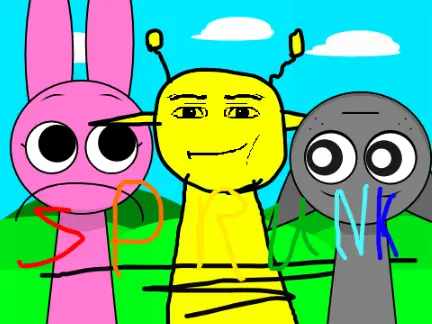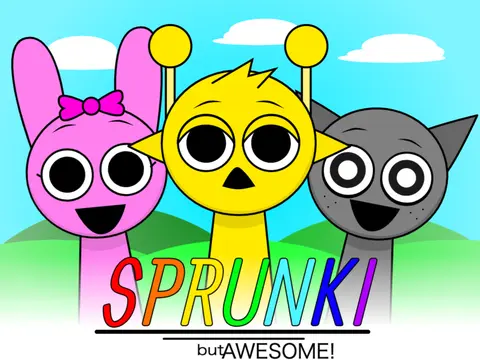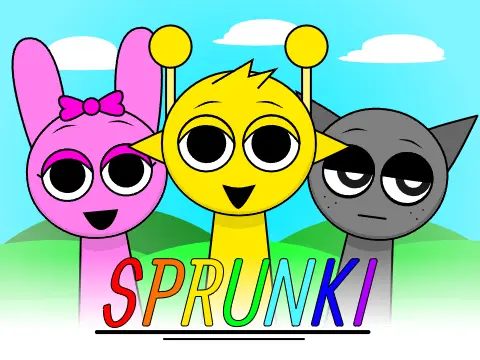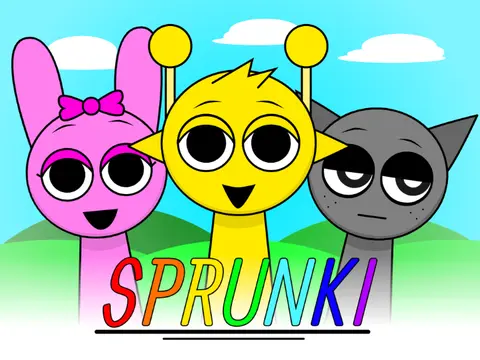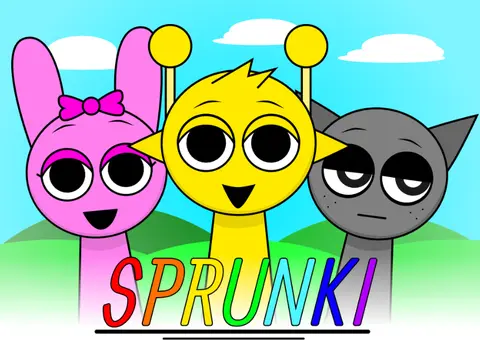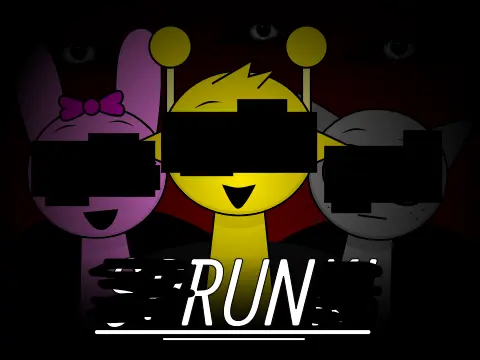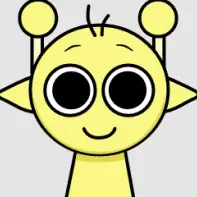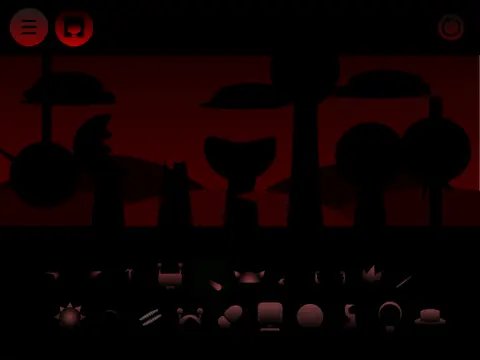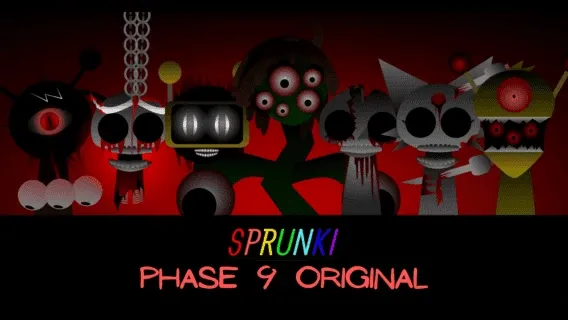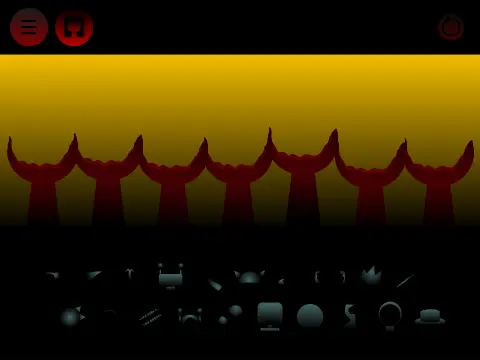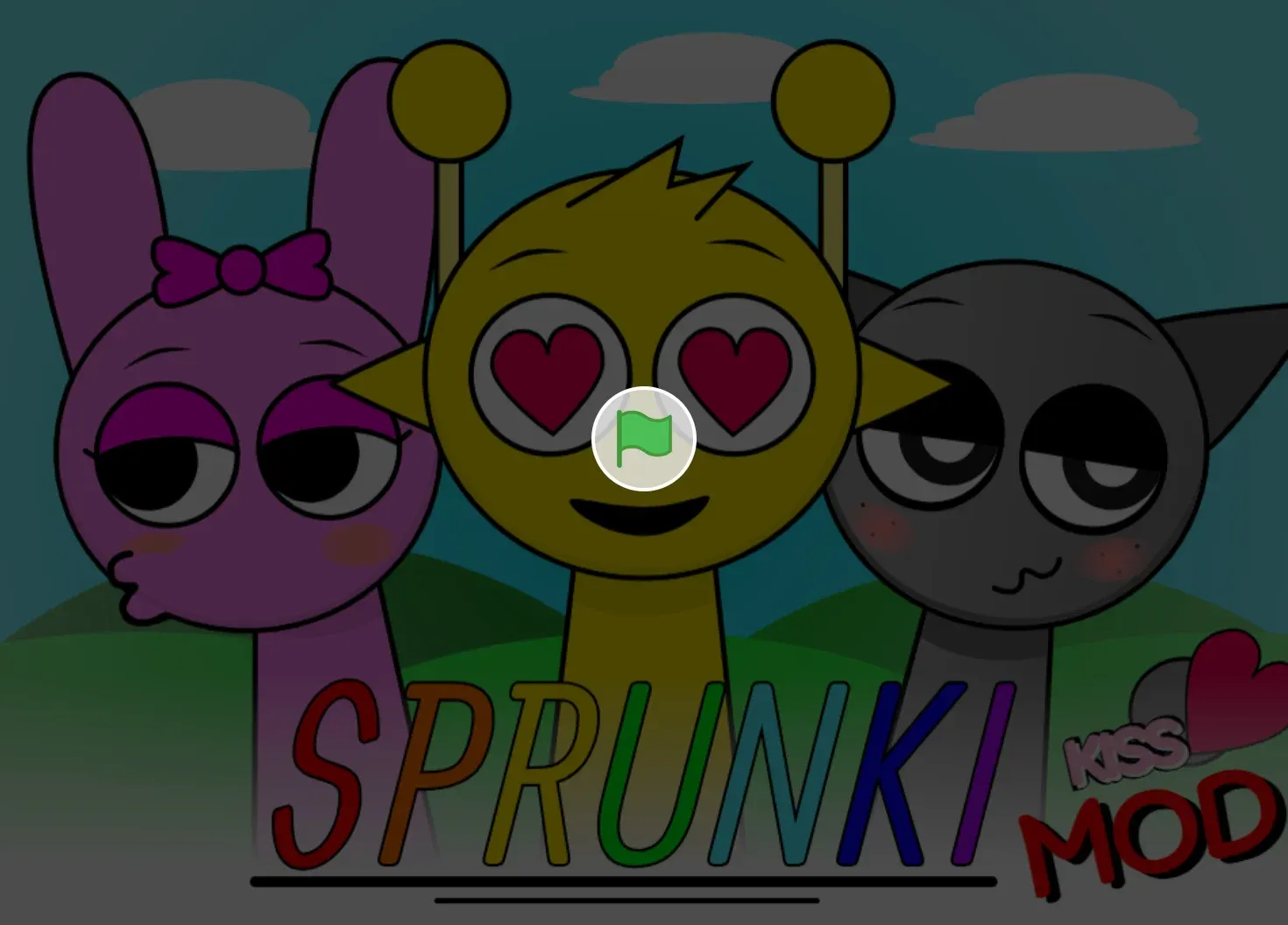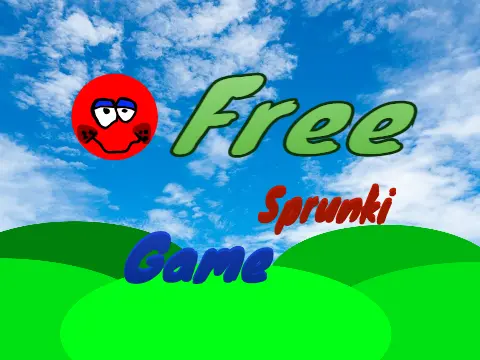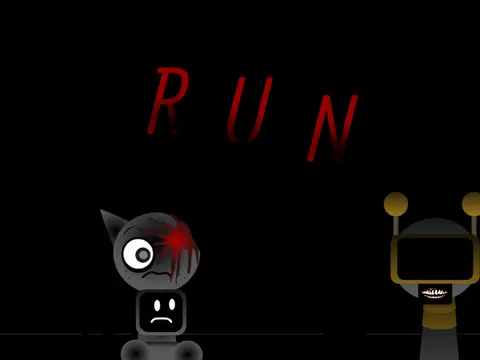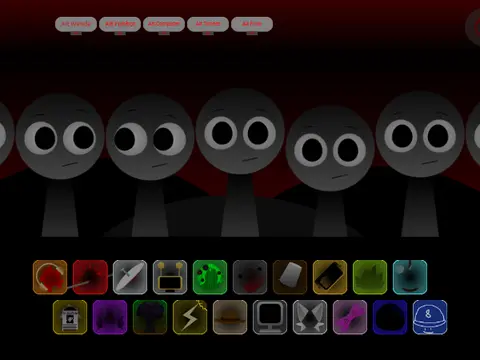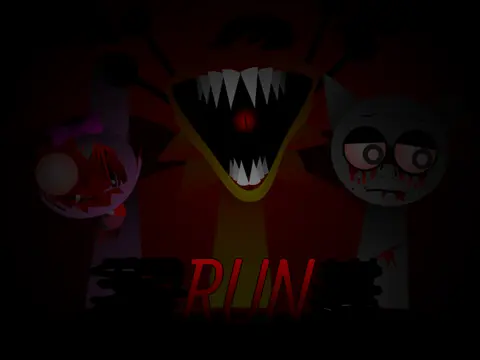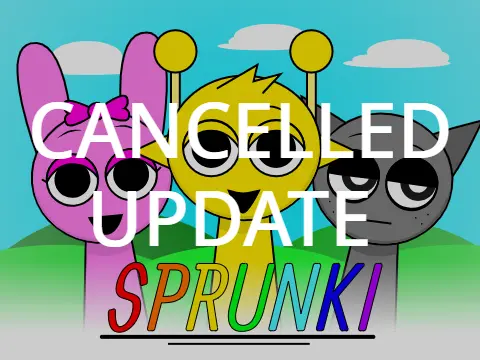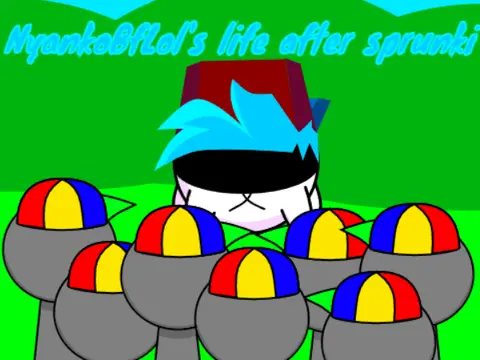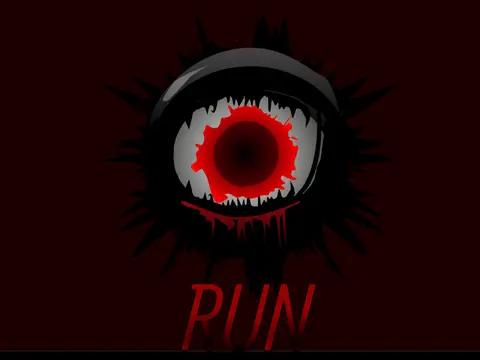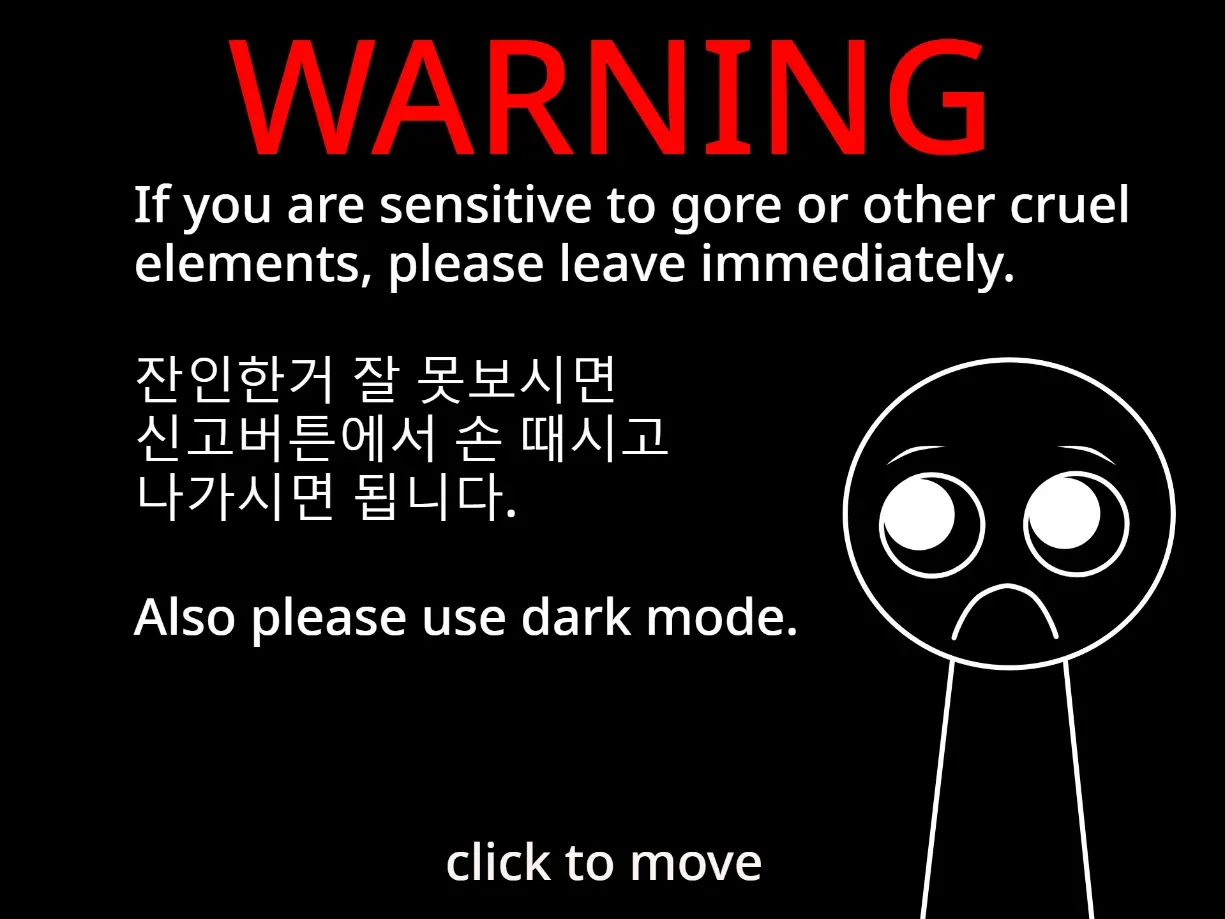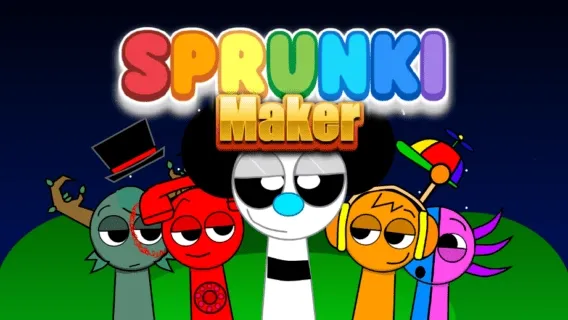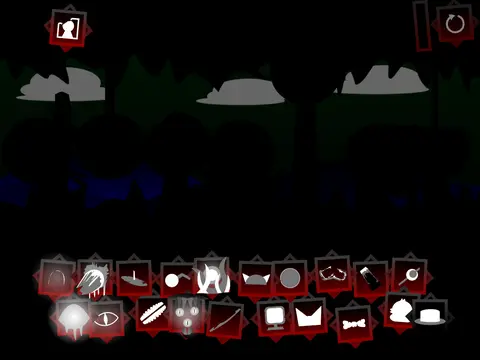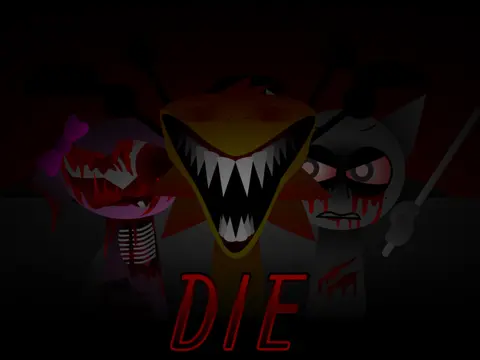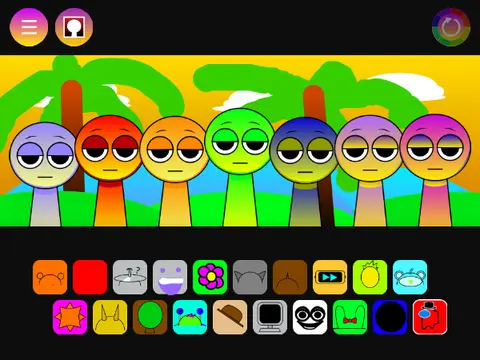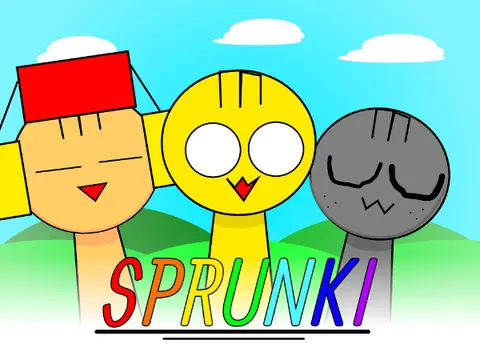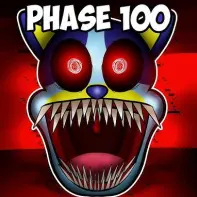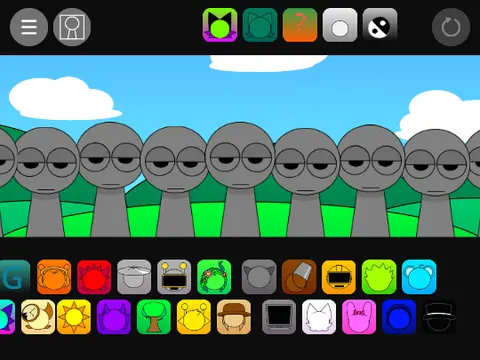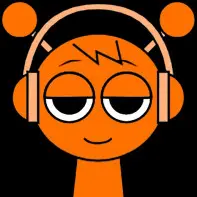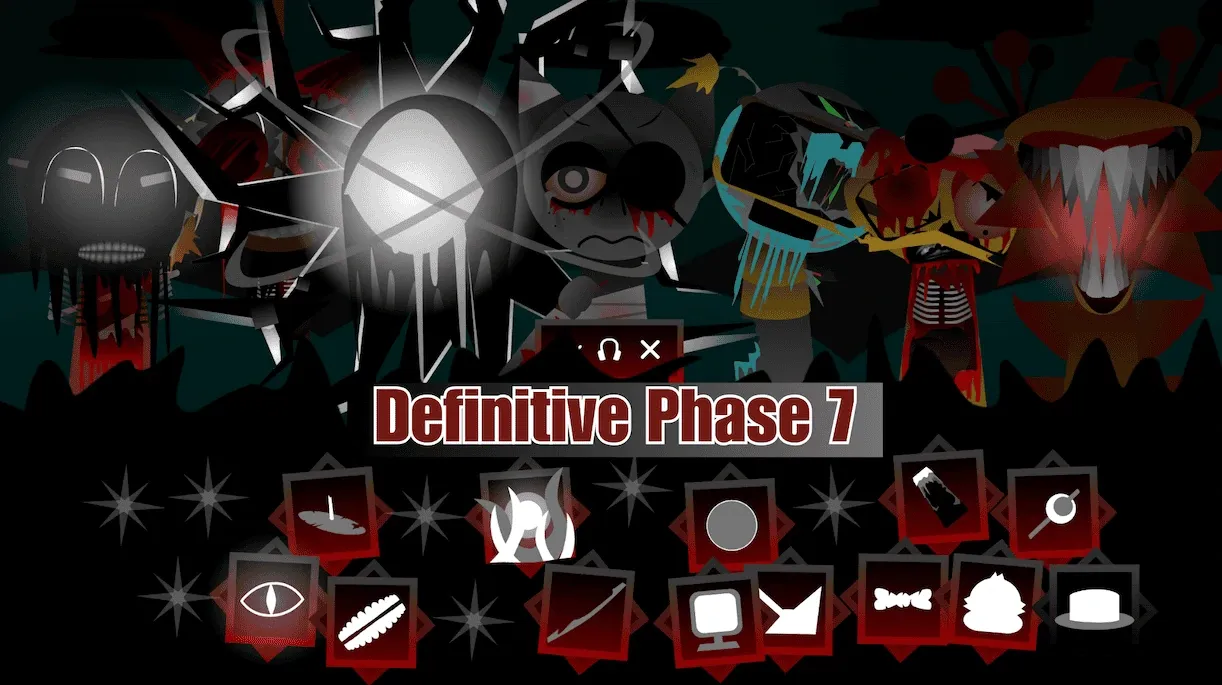sprunki phase 11 scratch
What is Sprunki Phase 11 Scratch?
Sprunki Phase 11 Scratch represents a unique intersection of the popular Sprunki rhythm game series and the creative coding platform Scratch, where community members have collaboratively developed their own version of the game using the visual programming language. This fan-made edition stays true to the core Sprunki gameplay of dragging and dropping characters to create musical compositions while incorporating the distinctive aesthetic and technical approach of the Scratch community. Unlike official Sprunki releases, Phase 11 Scratch is entirely community-driven, with all assets, sounds, and programming created by fans rather than professional developers.
The game maintains the familiar layered music creation mechanics where each character represents a specific sound loop that plays continuously when placed on the virtual stage. However, the Scratch implementation introduces unique limitations and possibilities that shape the final product. The visual style often embraces the more simplistic and charming aesthetic common in Scratch projects, with characters that may appear less polished than their official counterparts but brimming with personality and creative expression. The sound library typically features a mix of original recordings, modified samples, and creative audio processing that reflects the diverse skills and resources of the contributing community members.
What makes Sprunki Phase 11 Scratch particularly noteworthy is its educational dimension. By building the game within Scratch, creators have made the underlying code accessible and modifiable, allowing interested players to learn about game development, audio programming, and interactive design by studying how the project works. This open approach aligns with Scratch's philosophy of learning through creating and sharing, extending the Sprunki experience beyond mere entertainment into the realm of creative education and skill development.
How does Sprunki Phase 11 Scratch work?
Sprunki Phase 11 Scratch operates within the technical constraints and possibilities of the Scratch platform, which uses a visual programming language based on blocks that snap together to create scripts. The game functions through a series of interconnected code segments that handle character movement, sound playback, user interface elements, and musical synchronization. Despite Scratch's reputation as a beginner-friendly platform, the Sprunki Phase 11 implementation often involves sophisticated programming techniques to achieve the responsive audio experience players expect from the series.
At a technical level, the game uses Scratch's audio engine to play and layer sound samples, with careful timing implementation to ensure loops remain synchronized. Each character is represented by a sprite with associated code that controls its behavior when dragged onto the stage, when clicked for special functions, and when removed from the composition. The programming typically includes volume control mechanisms, solo/mute functionality, and sometimes even basic effects processing achieved through creative coding workarounds within Scratch's limitations.
The community aspect significantly influences how Sprunki Phase 11 Scratch works from a development perspective. Unlike commercially developed games with centralized direction, this version evolves through distributed contributions from multiple creators who add new characters, fix bugs, suggest improvements, and create derivative versions. This collaborative approach results in a game that continuously evolves based on community interest and participation, with updates and modifications happening through shared projects rather than formal version releases. The open nature of the development process also means that players can often access different variations and interpretations of the core concept, each with slightly different features and content.
How to play Sprunki Phase 11 Scratch?
Playing Sprunki Phase 11 Scratch follows the same basic principles as other games in the series but with interface variations that reflect its community-developed nature. When you first access the game, you'll typically encounter a selection of characters along the bottom or side of the screen, often with visual styles that differ from official Sprunki releases. The controls usually involve clicking and dragging these characters onto a central stage area, where they will begin playing their associated sound loops and become part of your musical composition.
The gameplay experience may vary between different Scratch implementations, as community developers often add their own unique features and modifications. Some versions might include additional controls for effects, tempo adjustment, or character behaviors that aren't present in official games. The visual feedback systems might also differ, with some implementations using simpler indicators to show which characters are active and how they're contributing to the overall sound. These variations are part of the charm of community-developed projects, offering fresh perspectives on the familiar Sprunki formula.
As with other Sprunki games, experimentation is key to discovering interesting sound combinations in Phase 11 Scratch. Don't hesitate to try unconventional character pairings, as community developers often include unexpected interactions between elements. Many versions also include hidden features or Easter eggs that reward exploration and curiosity. If you encounter limitations or have ideas for improvements, remember that one of the unique aspects of Scratch projects is their modifiability - you can often remix the project yourself to add features or customize the experience to your preferences. For inspiration, you might explore other community creations like those found in the Sprunki Phase 10 or Sprunki Phase 12 tags to see how different developers have interpreted the Sprunki concept.
What makes Sprunki Phase 11 Scratch special compared to official versions?
Sprunki Phase 11 Scratch possesses several unique qualities that distinguish it from officially developed versions of the game, primarily stemming from its community-driven origins and Scratch platform implementation. The most significant difference is the creative freedom and variety that emerges from distributed development - where official games maintain a consistent aesthetic and quality standard, the Scratch version often features a wider range of visual styles, sound choices, and gameplay variations that reflect the diverse tastes and skills of its contributors. This results in an experience that feels more personal and idiosyncratic compared to the polished consistency of commercial releases.
The educational dimension of Sprunki Phase 11 Scratch represents another key distinction. While official games focus primarily on entertainment, the Scratch implementation inherently teaches players about game design, audio programming, and creative problem-solving through its open and modifiable nature. Players can examine the code behind the game, learn how various features are implemented, and even create their own versions or additions. This transforms the experience from passive consumption to active participation in the creation process, aligning with Scratch's "learn by doing" philosophy.
Perhaps the most special aspect of Sprunki Phase 11 Scratch is its community ecosystem and the sense of ownership it fosters among players. Because the game evolves through user contributions rather than top-down development, players feel directly invested in its improvement and expansion. This creates a stronger connection between the community and the game than typically exists with commercial products. The collaborative development process also means that the game can respond more quickly to player suggestions and trends, incorporating new ideas at a pace that formal development cycles often can't match. For those interested in this community aspect, tools like the Sprunki OC Maker provide additional ways to contribute to the Sprunki universe beyond what's possible within the Scratch implementation.
How do I create and share music with Sprunki Phase 11 Scratch?
Creating music with Sprunki Phase 11 Scratch follows the same fundamental process as other games in the series but with some platform-specific considerations. Begin by exploring the available characters and their sounds to understand what options you have to work with. Community-developed versions often include more experimental or unconventional sounds than official releases, so take time to familiarize yourself with the unique audio palette before starting your composition. Once you have a sense of the available elements, start building your piece by dragging characters to the stage and listening to how they interact.
The creative process in Scratch implementations may involve working within certain technical limitations that aren't present in official games. You might encounter restrictions on the number of simultaneous sounds, less precise timing between layers, or simpler mixing controls. These constraints can actually foster creativity by forcing you to work within boundaries and find innovative solutions to musical challenges. Embrace these limitations as part of the unique character of the community-developed experience rather than viewing them as deficiencies compared to commercial versions.
Sharing your creations from Sprunki Phase 11 Scratch typically involves different methods than official games. Instead of built-in sharing systems, you'll often use Scratch's native project sharing features to save and distribute your compositions. This might involve creating a new project version that includes your specific arrangement or using screen recording software to capture a video of your performance. Some implementations include custom sharing solutions developed by the community, such as code generation systems that allow others to recreate your arrangement by inputting a specific sequence. The sharing process is often more hands-on than with commercial games, reflecting the DIY ethos of the Scratch community. For those looking to expand their creative options beyond what's available in the base implementation, exploring other community projects like those tagged with Sprunki Phase 13 can provide additional inspiration and techniques for music creation and sharing.


